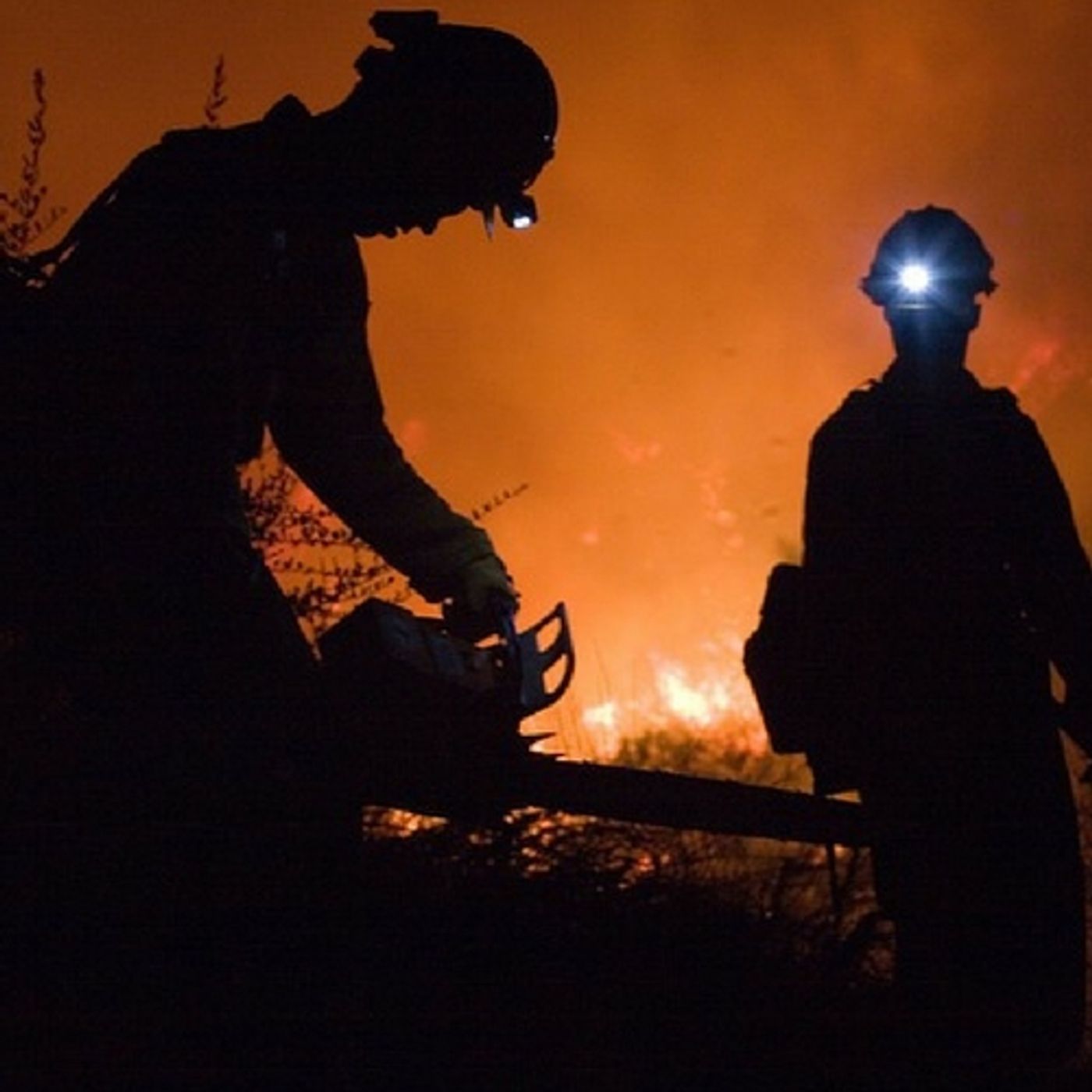In the fall of 2017, wildfires raged in Northern California. Dubbed the Northern California firestorm, it included a total of 250 separate fires. Twenty-one of these fires became major fires and burned at least 245,000 acres. The most well-known of these, the Tubbs fire, eventually became the state’s worst wildfire ever.
The first week of October became the deadliest week in the state’s history due to fire deaths. A new study from Stanford University showed that in addition to these casualties, the air quality during the height of the fires was more dangerous than just shortness of breath and watery eyes. Experts found that the smoke in the air could also cause neurological problems for area residents.
The Bay Area Air Quality Management District oversees air quality in San Francisco and the surrounding area. On specific “Spare the Air” days, residents are not allowed to have outdoor fires or fires in home fireplaces. While not the same as a wide area of forest burning, even a fireplace fire at a neighbor’s home can impact the air and can be noticed. In an interview with ABC7News, Bay area resident Jojo Ho, a runner who logs miles each day, stated, “I notice that my workouts are shorter or I'm not able to take as deep breaths. And sometimes there even is that little twinge of chest pain."
Dr. Eric Zee, a pediatrics professor at Stanford, spoke with reporters and detailed the effects that wood smoke can have on children and teens. He explained, “We're finding in young adults that there may be an increased risk of psychiatric problems like depression. It also affects grades and test scores and things like that." Fine particulate matter, (PM 2.5), is present in wood smoke and can lodge in the lungs. From there it causes widespread inflammation in the body, including the brain. Zee warned that these effects could take years to show up, pointing out that the result could be, “…neurological problems in growth and development and in one's later years.”
The information from Stanford backs up the policies of the Bay Area Air Quality Management District’s long-held policy of regulating wood burning. While their focus has been vulnerable individuals such as older adults, those with respiratory disease and compromised immune systems, the new information supports limiting outdoor burning. Eric Stevenson, the meteorology and measurements director, told the press, “We have some of the most progressive regulations on burning in the nation. That's the importance of this study. That it isn't just sensitive individuals. It's all of us." The goal is to get residents to think before they burn and the new information could make that easier.
While the wildfires were a devastating environmental event, the increased knowledge of how smoke impacts more than the lungs and can even affect brain health, are all part of a silver lining in the clouds of choking black smoke that terrorized entire counties. The video below has additional information on the fires and what experts believe could be long-lasting health effects.









